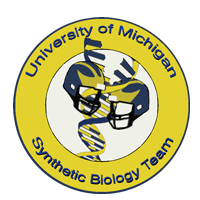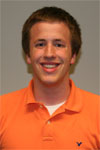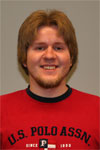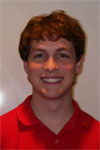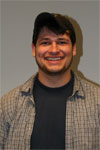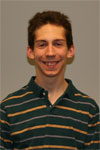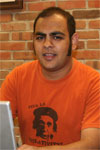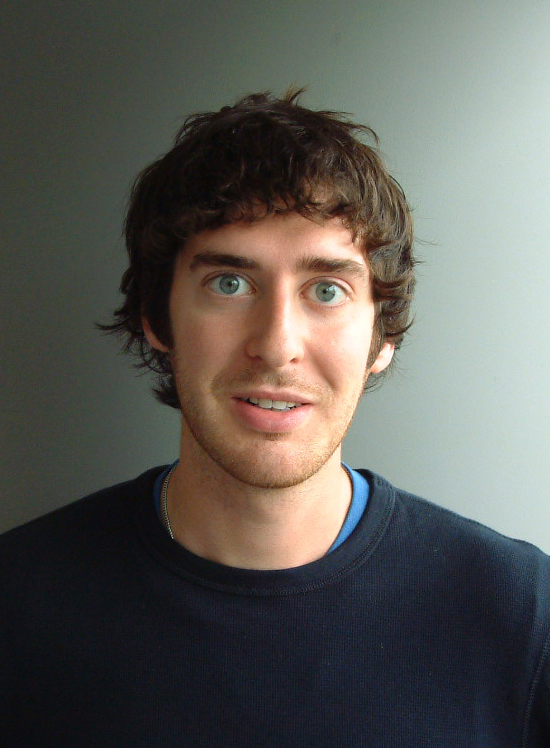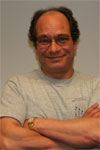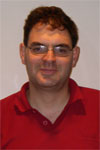University of Michigan 2006
From 2006.igem.org
(Difference between revisions)
Dredconrad (Talk | contribs) (→Advisors) |
(→From Design to Manufacturing) |
||
| Line 58: | Line 58: | ||
'''2. Recursive Landing Pads''' <br> | '''2. Recursive Landing Pads''' <br> | ||
| - | + | A super-duper-awesomely innovative method for inserting genes and DNA sequences onto E. coli's chromosome | |
| + | (that Steve can explain much better than I can, and hopefully he will as soon as he gets back from class). | ||
'''3. Modeling Oscillatory Behavior of Clocks '''<br> | '''3. Modeling Oscillatory Behavior of Clocks '''<br> | ||
| Line 64: | Line 65: | ||
primarily examining the ideal conditions for generating oscillations. | primarily examining the ideal conditions for generating oscillations. | ||
| - | '''4. | + | '''4. Experimental Manipulation of Lac Operon Kinetic Order '''<br> |
| - | + | [[Image:XsomesOp.gif]] | |
| + | Experimental assays of strains and plasmids with Op sinks were performed. | ||
| + | Strains were created by inserting sinks on chromosome. | ||
| + | Landing pads included rbs, glnK and trp regions. | ||
| + | Results showed the following: | ||
| + | - Sinks on plasmid raise basal level of lacZ expression; | ||
| + | - Sinks on chromosome raise kinetic order; | ||
| + | - One strain in particular was of significant interest. | ||
| + | Findings can be used for "tuning" genetic systems (clocks, oscillators, etc). | ||
=Links= | =Links= | ||
Revision as of 22:03, 30 October 2006
We're the iGEM team from the [http://www.umich.edu/ University of Michigan].
Contents |
News
- 2006.03.15 We opened our wiki page!
Organisation
Mailing Address
Peter Woolf
Department of Chemical Engineering
2300 Hayward St.
3074 H.H. Dow Building
Ann Arbor, MI 48109-2136
People
Students
Not pictured here:
Advisors
timeline
tasks
- Update Wiki
Our Project
From Design to Manufacturing
1. Paul-Tron 2k
An integrative prgramming environment for designing and testing genetic systems.
2. Recursive Landing Pads
A super-duper-awesomely innovative method for inserting genes and DNA sequences onto E. coli's chromosome (that Steve can explain much better than I can, and hopefully he will as soon as he gets back from class).
3. Modeling Oscillatory Behavior of Clocks
A look at the parameter space of clocks and genetic oscillating devices, primarily examining the ideal conditions for generating oscillations.
4. Experimental Manipulation of Lac Operon Kinetic Order
Experimental assays of strains and plasmids with Op sinks were performed. Strains were created by inserting sinks on chromosome. Landing pads included rbs, glnK and trp regions. Results showed the following: - Sinks on plasmid raise basal level of lacZ expression; - Sinks on chromosome raise kinetic order; - One strain in particular was of significant interest. Findings can be used for "tuning" genetic systems (clocks, oscillators, etc).
Links
[http://synthbio.engin.umich.edu/wiki/ University of Michigan Team Wiki]
Miscellani
